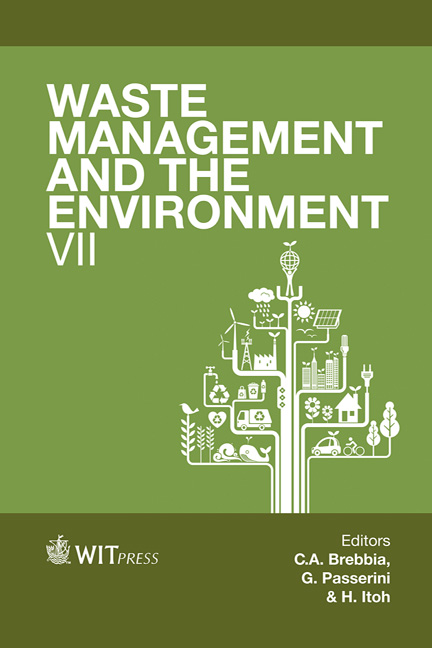Ship Waste Management Along The Danube: The Way Towards An International Danube Ship Waste Convention
Price
Free (open access)
Transaction
Volume
180
Pages
12
Published
2014
Size
480 kb
Paper DOI
10.2495/WM140051
Copyright
WIT Press
Author(s)
H. Berger, I. Horvat & G. Simongáti
Abstract
As the second longest river in Europe, the Danube connects 10 countries on its way to the Black Sea, being an international waterway used by vessels of different provenience. Thus, there are in fact 10 different social, economic and political systems at work when dealing with the waste generated by the vessels. This uncoordinated approach has affected the manner in which ship borne waste are dealt with. Policies and strategies on international and national level call for state of the art, economic and environmental viable solutions for managing waste. Taking into account this context, much effort has been made at EU level in order to find suitable solutions for the South-Eastern part of Europe. The studies and projects initiated in this respect have led to the conclusion that an International Danube Ship Waste Convention needs to be developed. Such a convention – which basis is elaborated in the frame of the EU funded project CO-WANDA – assumes the implementation of a uniform system for the collection and treatment of oily and greasy ship wastes along the River Danube. The establishment and maintenance of the necessary network of reception facilities (mobile bilge water collection vessels, shore-based reception stations and treatment facilities) is certainly cost-intensive. Therefore, a financing model is necessary, which should incorporate the polluter pays principle, encouraging waste prevention, as well as the principle of indirect payment, thus discouraging an evasion of the deposit of waste. To give an insight into the work, that has been done in CO-WANDA, this paper will address advantages and disadvantages of two different approaches to ship waste management, describe
Keywords





